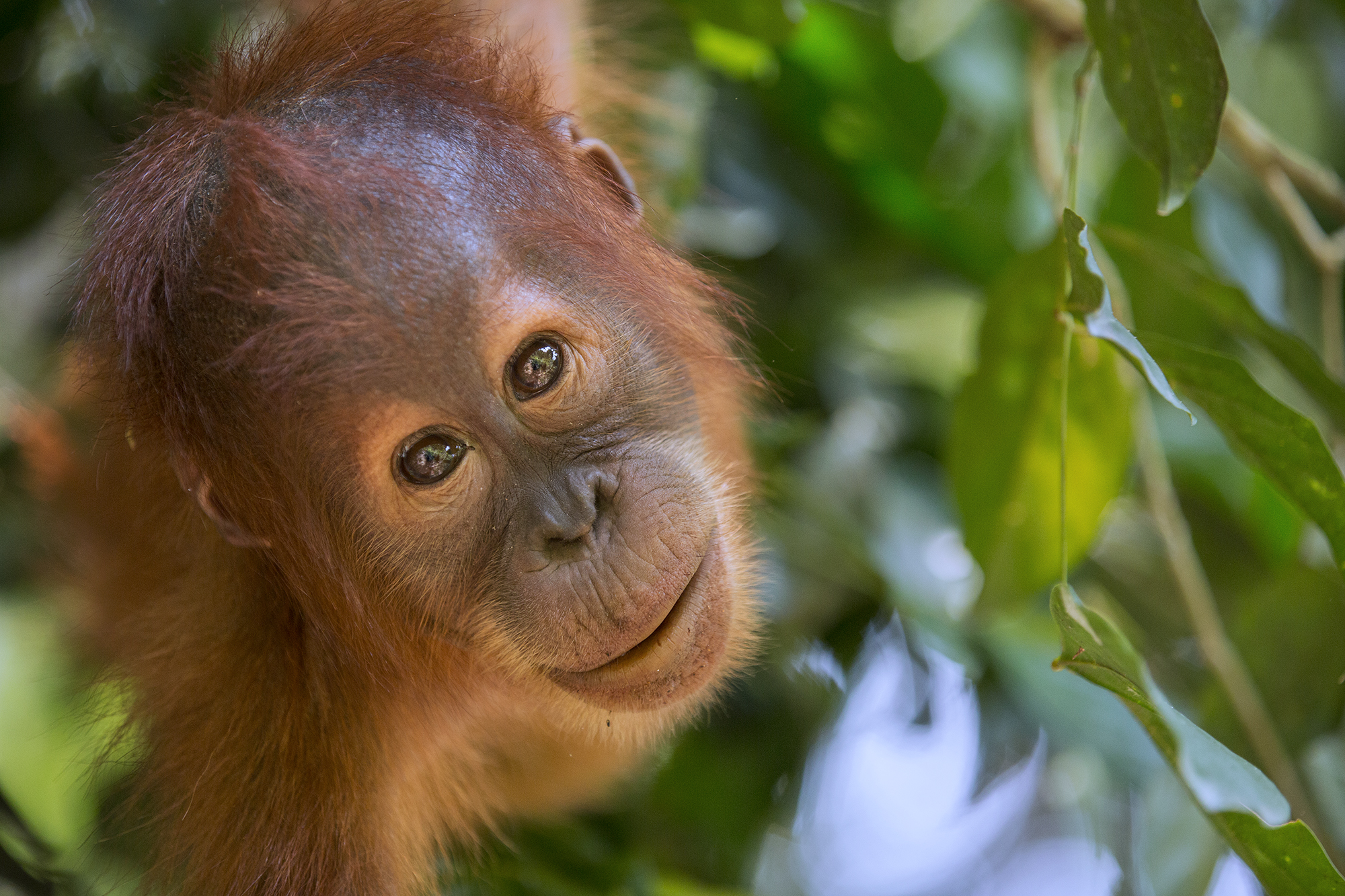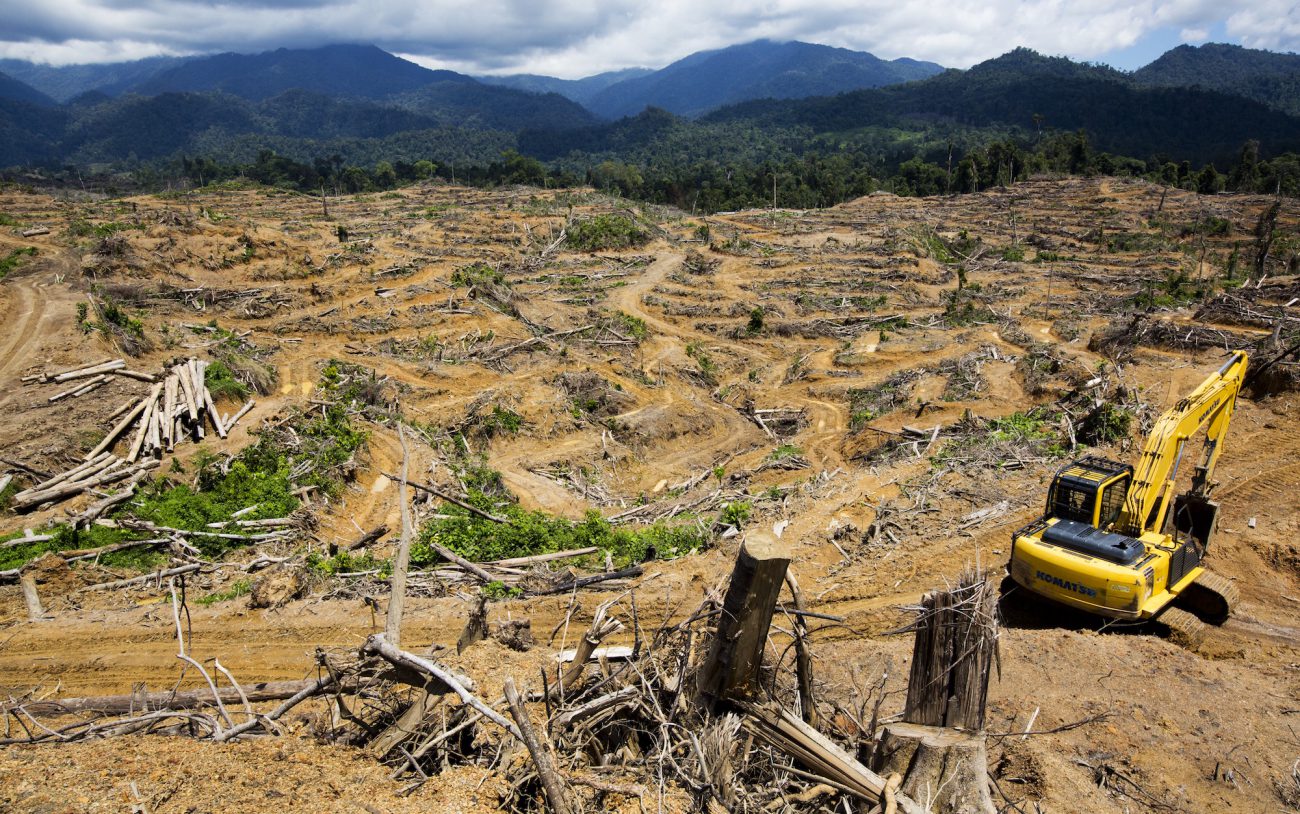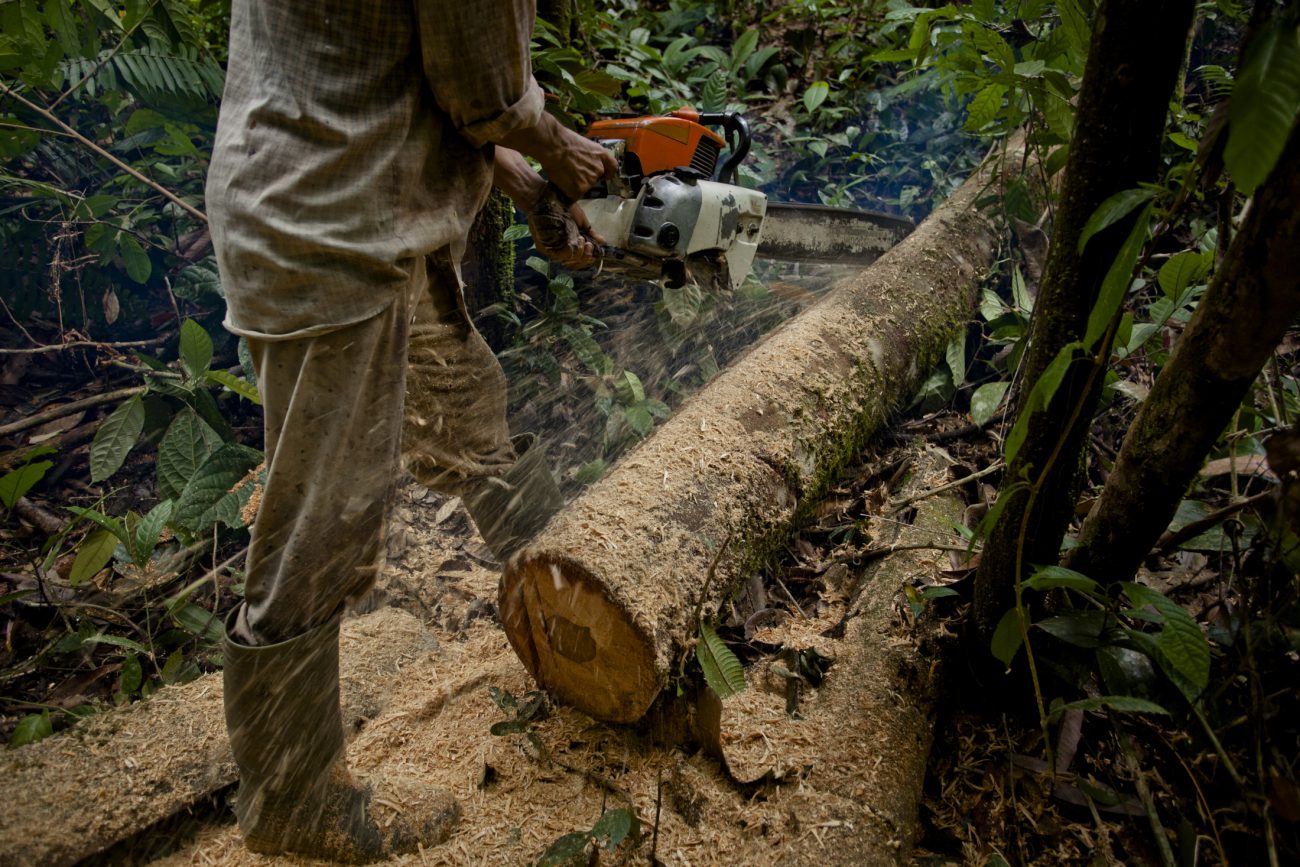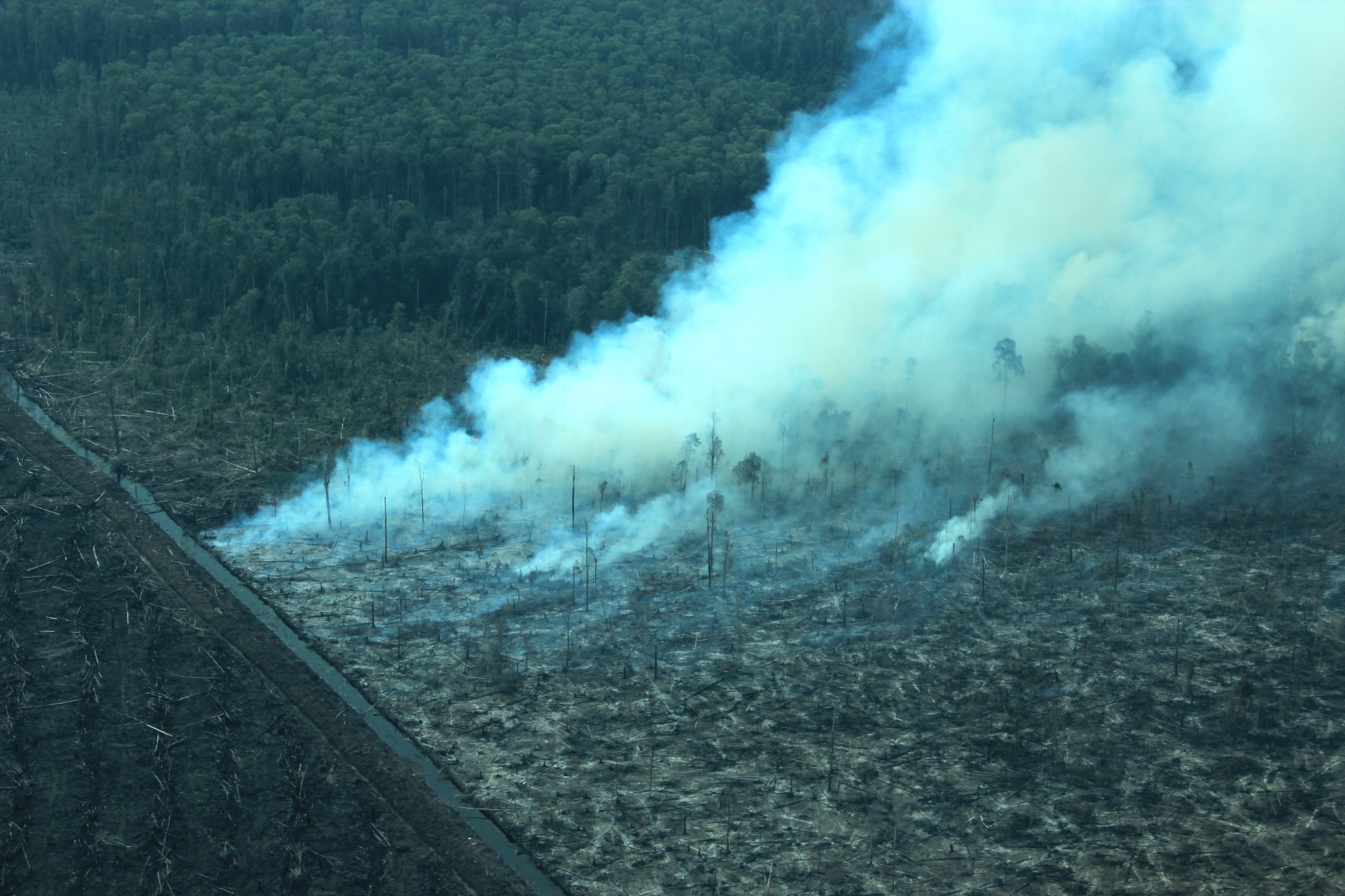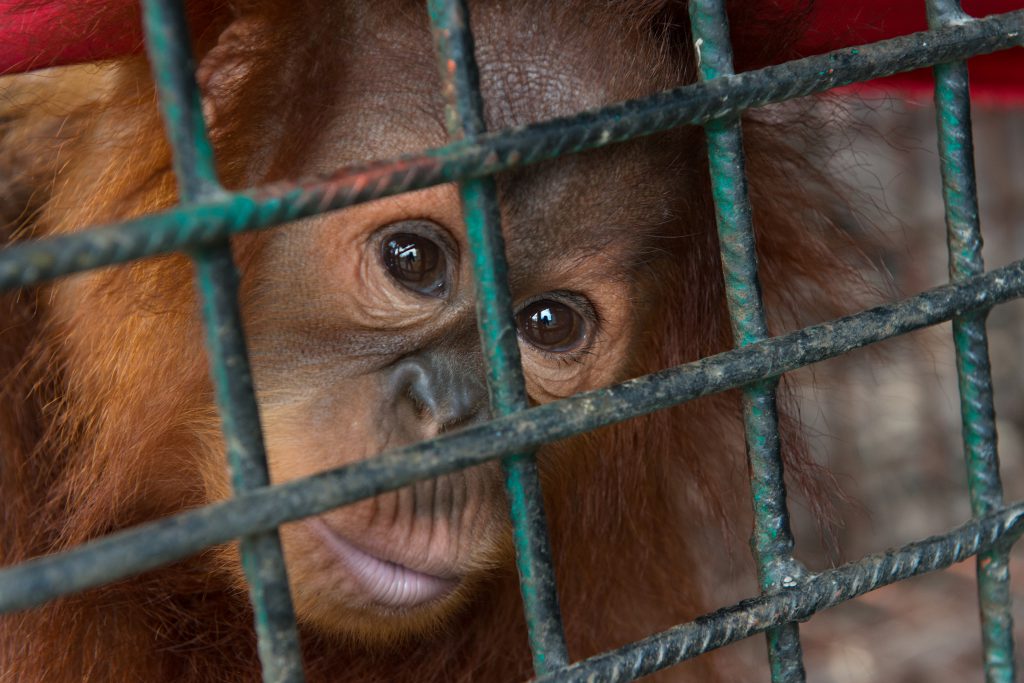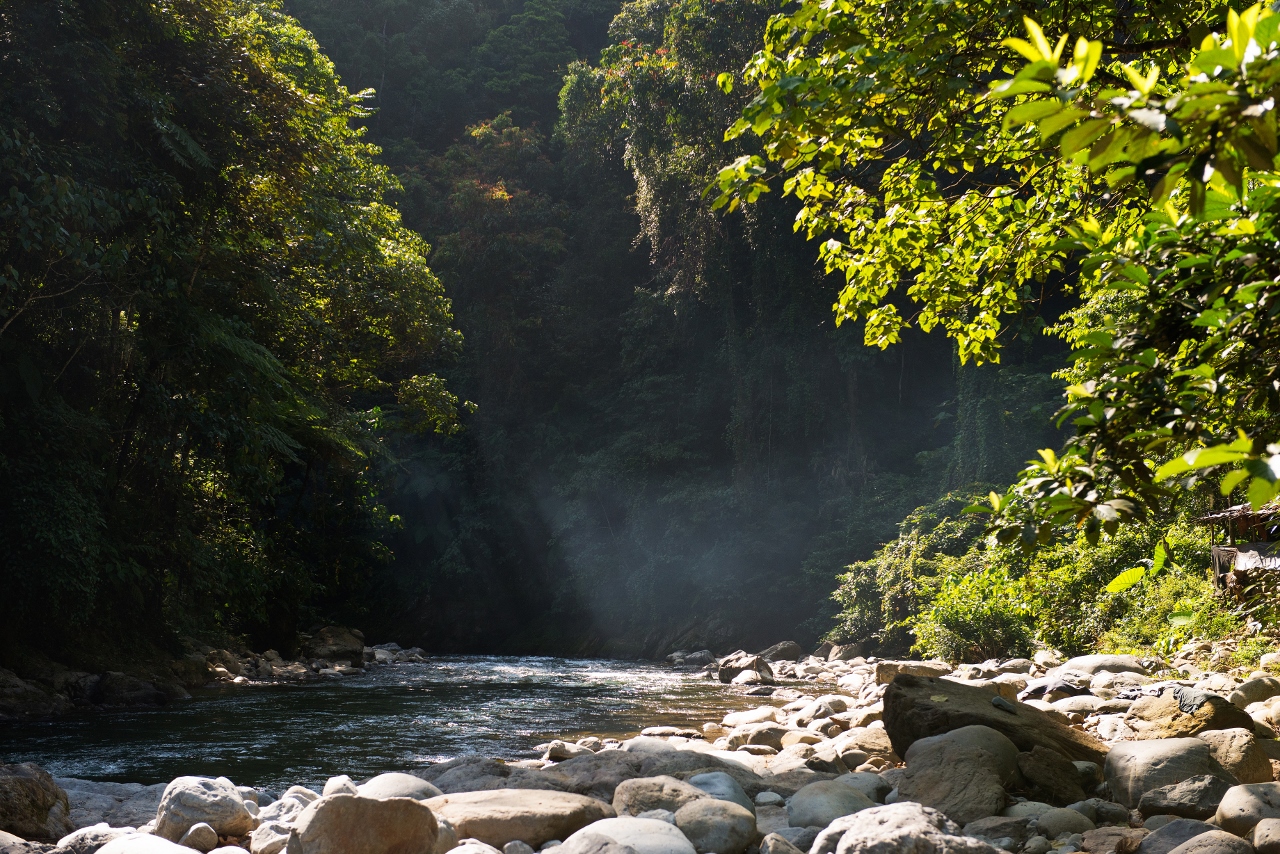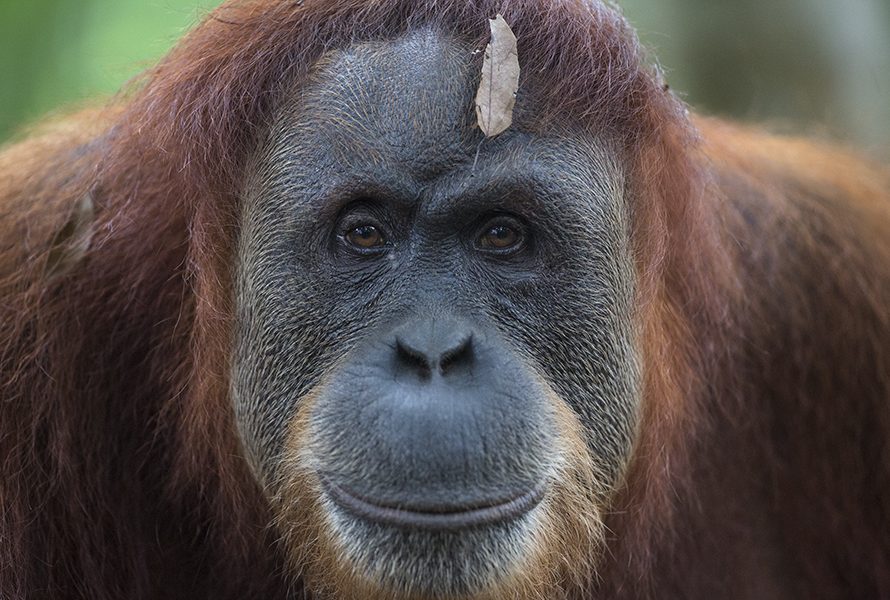On the edge of extinction
The relentless destruction of Sumatra’s rainforests has pushed the Sumatran and Tapanuli orangutans to the edge of extinction. With fewer than 14,000 Sumatran orangutans and 800 Tapanuli orangutans remaining in the wild, these species are both classified as Critically Endangered. In fact, the Tapanuli orangutan is the most endangered great ape in the world.Orangutans’ forests in Sumatra are under immense and mounting threat. They are being torn down for farmlands, logging, hydropower projects, mining and roads. International demand for products such as palm oil and timber, combined with weak forest governance and short-sighted land-use policies are driving deforestation at an alarming rate.
Orangutan populations are left fragmented and isolated as roads and plantations divide up the forest. This makes them easy targets for poaching for the illegal pet trade, and causes conflict with local communities when the stranded and starving apes are forced to resort to raiding crops.
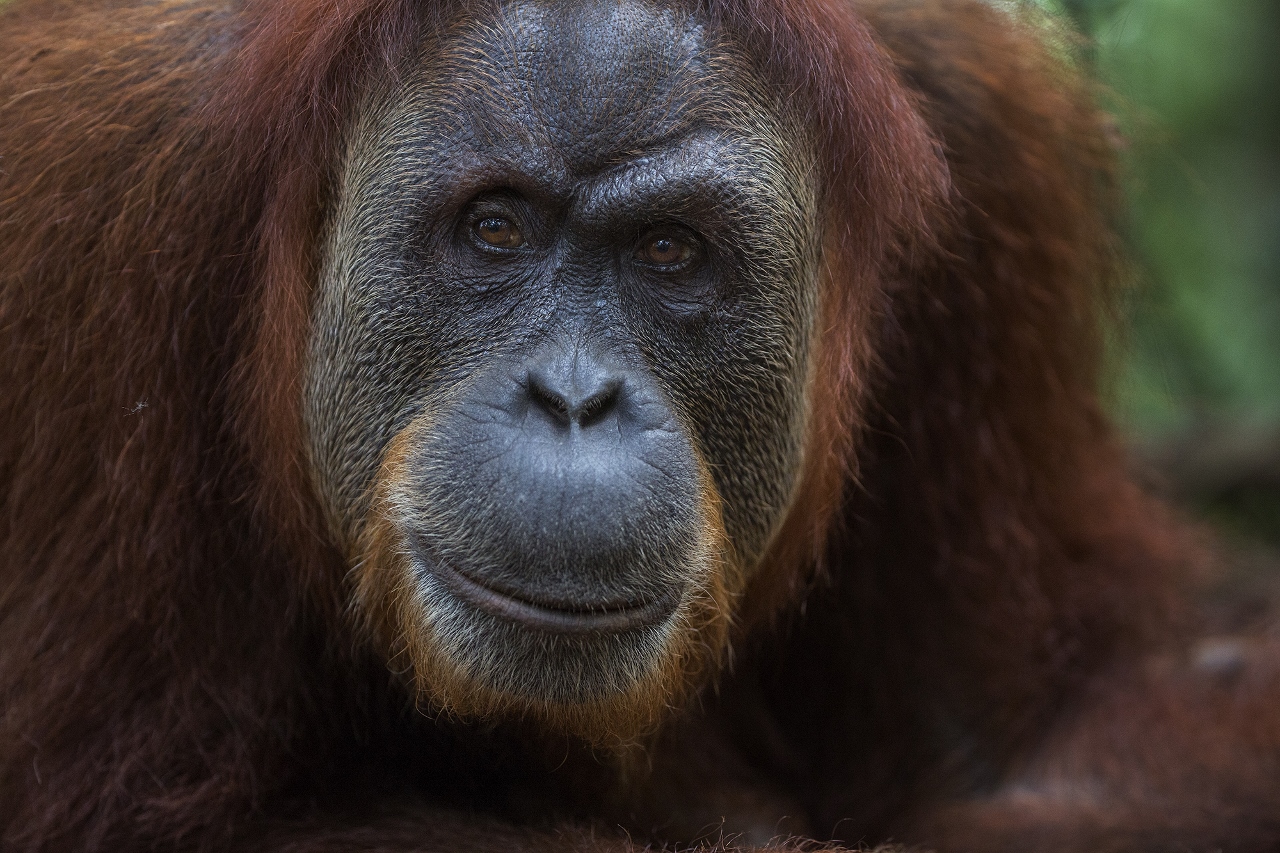
Zac Mills

